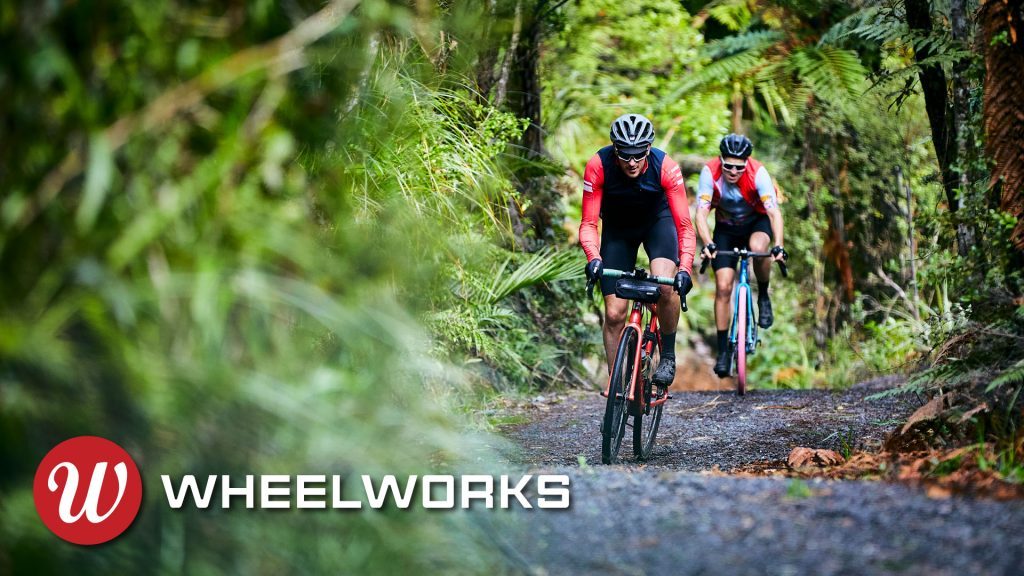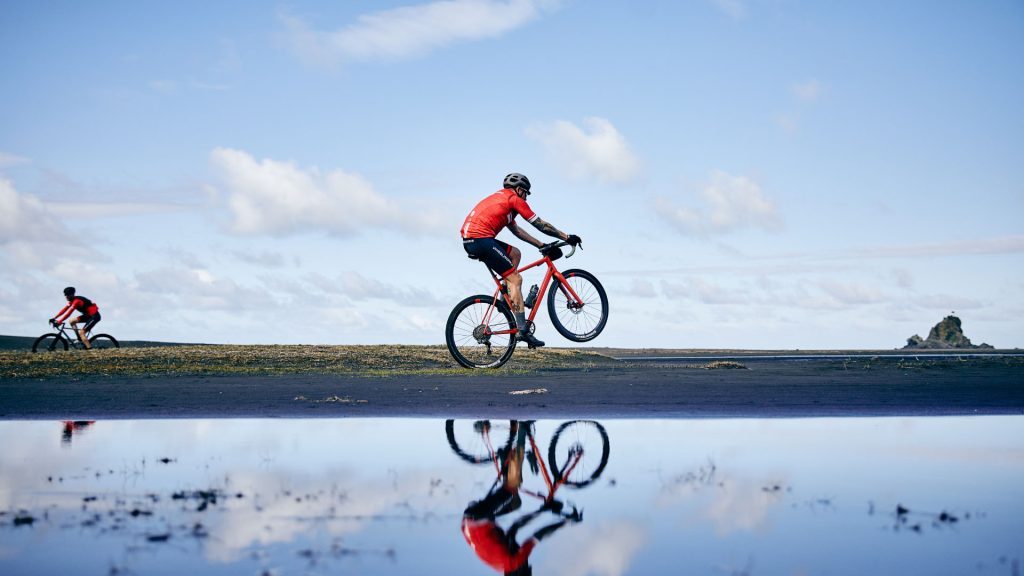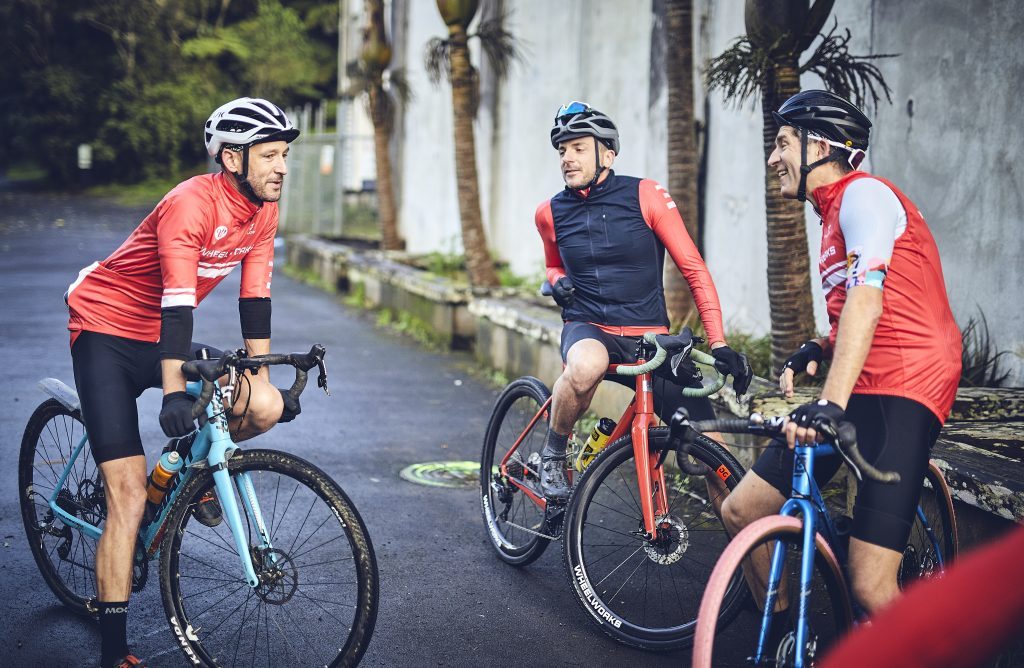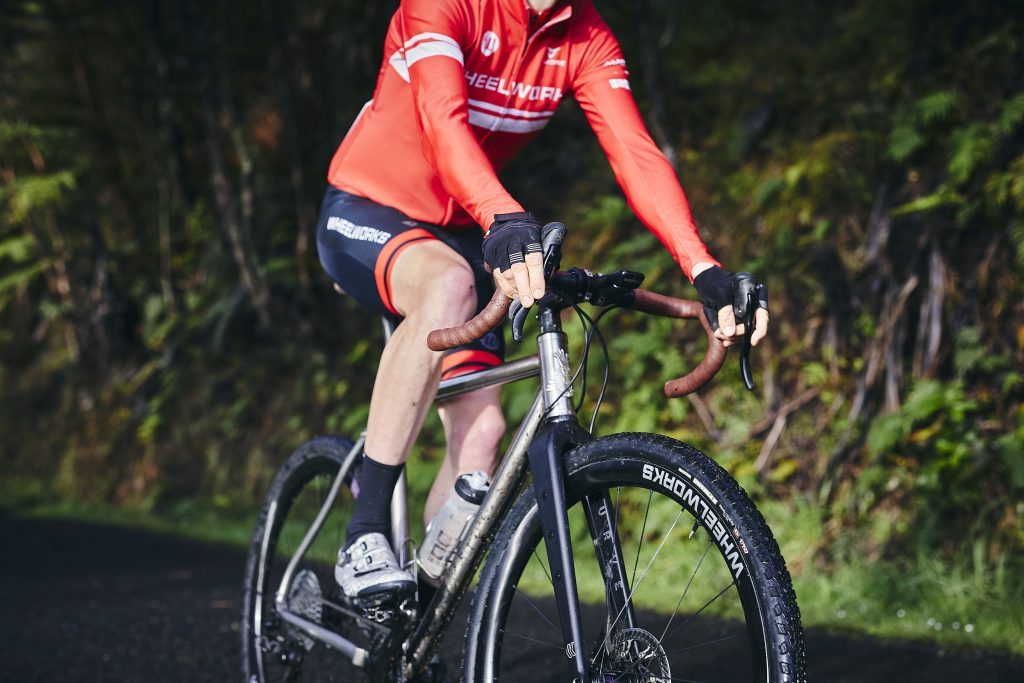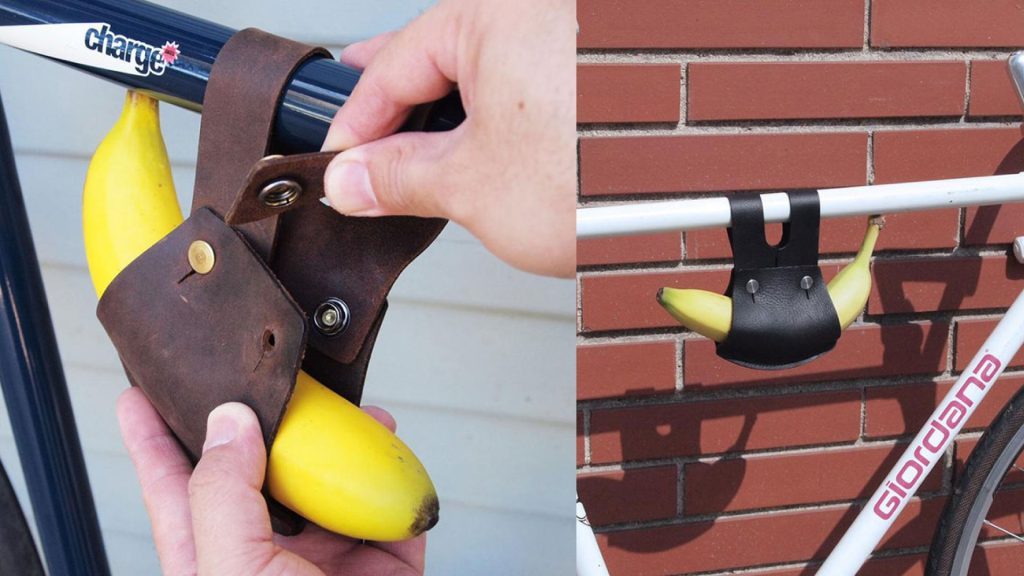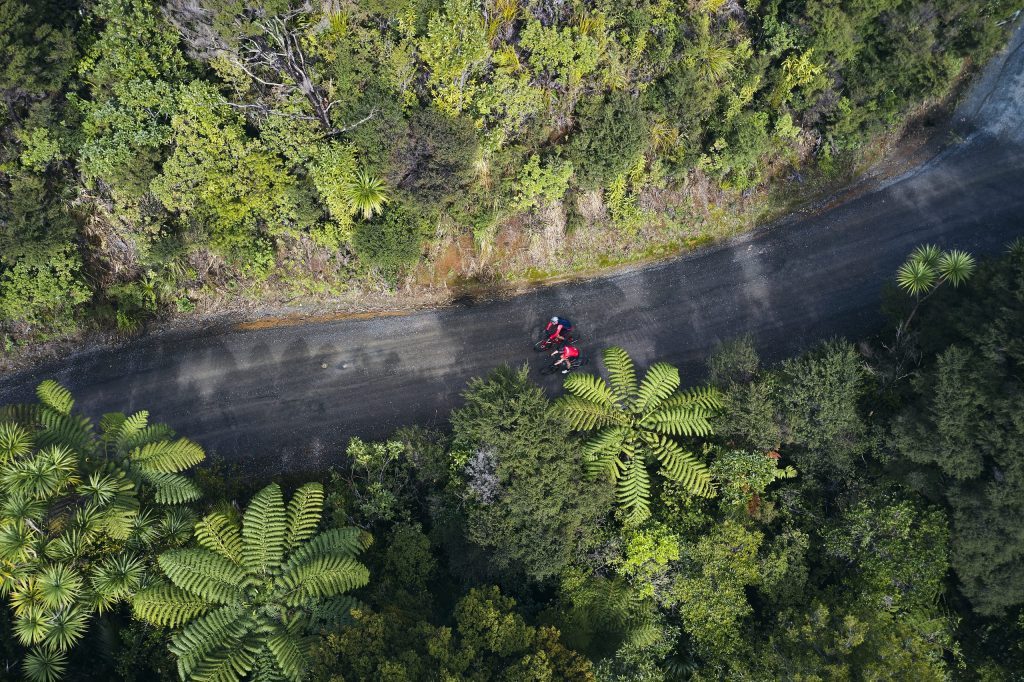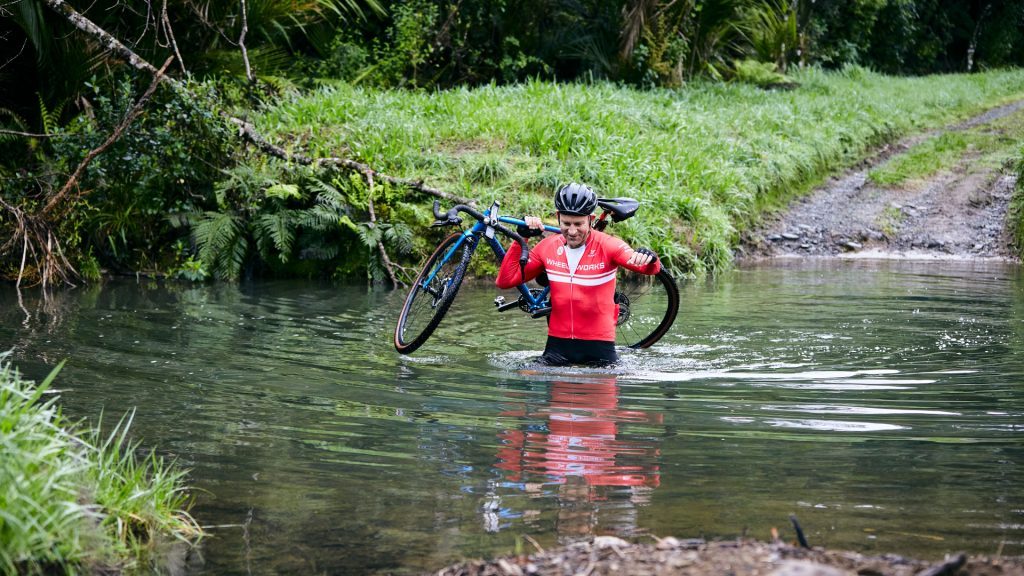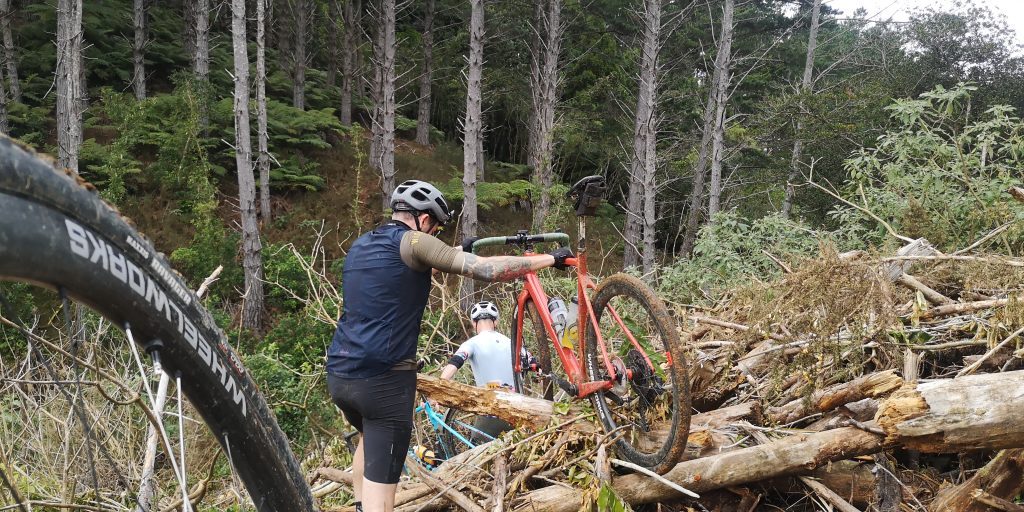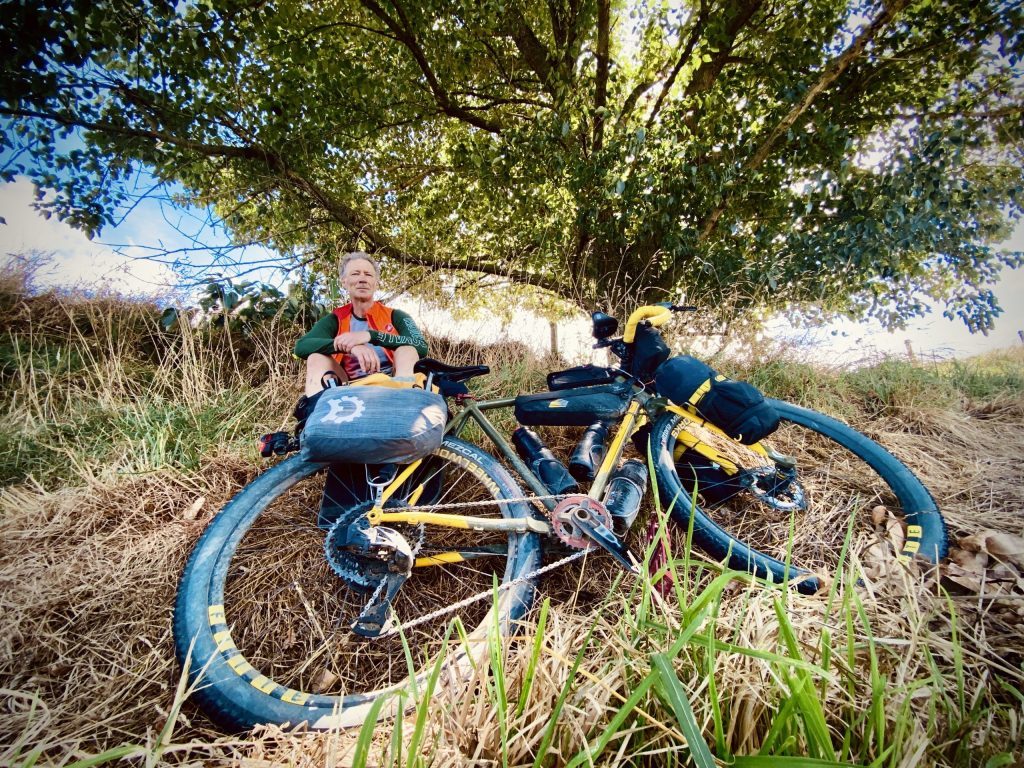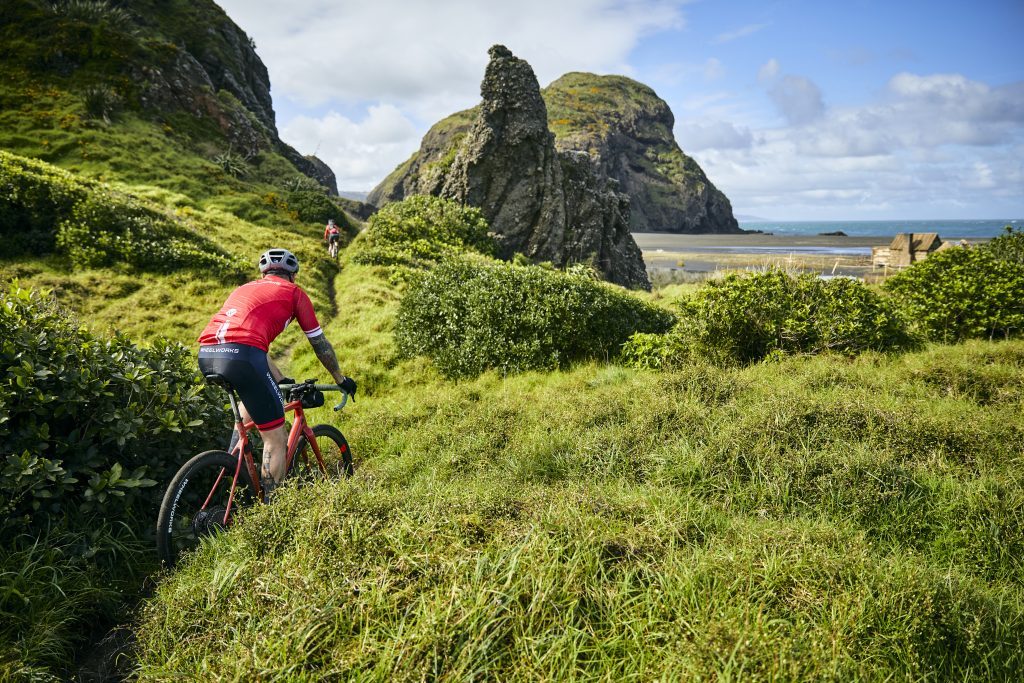Carl’s Top Tips for Gravel Adventure Planning
Top Tips for Gravel Adventure Planning
Well I’m back in wet and cold Wellington after some holiday time in sunny Canada. I grew up and learned to mountain bike in Canada and the highlight of my trip was getting out on my gravel bike to re-ride the trails I rode as a kid on a fully rigid 1990s mountain bike, and explore some new routes I’ve always wanted to ride.
While I was riding old mountain bike trails in the wilderness our road and gravel specialist Carl was out making new Gravel memories near the city of Auckland. This got us reflecting: what does “gravel” even mean?
Depending on whether you’re a roadie who wants to explore new areas of your town or a mountain biker who wants new challenges then “gravel” will mean different things, but the beauty of gravel is there is no right or wrong.
How To Gravel
Yes it’s a thing, but what’s it even mean? Beyond a new bike, it’s also a new way of approaching your rides.
Are you a roadie bored of dodging increasing traffic on the same old roads? Make way for more adventure and fresh car-free scenery!
Are you a mountain biker bored of always driving to ride, or resent the slow dullness of the road? Make way for longer loop options with an exciting average speed.
No matter where you’re coming from this article endeavors to give little window into how to make gravel riding your own.
The Bike
What makes a bike a gravel bike? The industry loves answering this question with bike slogans as varied as “Haul ass, not cargo” to “Made to lose”. But the best definition of a gravel bike isn’t the slogan, it’s the tyre width. Specifically one smaller than a 2” MTB, and bigger than a 32mm road tyre (around 40mm is good). A tubeless setup is also the key to running lower pressures for maximum grip without the risk of pinch flatting. Most gravel bikes also have capacity for extra bottle or bag mounts, or an option for more agile 650b wheels - all clues that this bike can take you to interesting places.
The Gear
Here the cycling industry is joined by a throng of general adventure brands to hawk a range of products previously unknown to the MAMIL. Go nuts, there's no rules.
But keeping to the practical, there are a few essential bits to stuff in your bum bag.
A spare tube big enough to fill your tyre in an emergency (a standard road tube is less than ideal).
Tubeless plugs, darts or bacon strips to jam into any larger tyre hole.
A hand pump. Gas canisters aren’t great for two reasons: the cold of the co2 can freeze your sealant, and you don’t want to risk running out of canisters off-road and outside cell coverage. Plus it’s not that hard to hand pump to ~40psi.
Multi Tool. Even a small folding tool goes a long way when something rattles loose or needs adjusting on the fly.
Snacks. Wherever you’d headed, it could be longer and harder than you planned. And there’s no dairy.
The Route
Route planning can be part of the fun. Whether you're riding from your front door, the bach, or a petrol station in bumf#$* nowhere - just get out there and explore. If you’re not sure where the gravel is in your area, poke around on Google Street View for the roads less traveled, ask around at your Local Bike Shop, or just keep your eyes peeled when out and about. For starters, local parks or waterways often have rideable trails.
But if you’re the kind of person who likes getting into maps and route planning, here's a few tips to design a memorable day out.
In Strava Route Builder (premium only), select “prefer dirt”, click a start and end point, then drag the line around and see what unexpected routes are suggested. Strava will tell you the path surface type (which you can double check on Google Street View). But be warned: Strava can route you onto walking paths not suitable for bikes. Switch to Satellite mode and zoom right in: if you can’t see the way, it’s probably a walking track. Which doesn’t always mean it’s not rideable! Worst case, the beauty of the gravel bike is it (should) be light enough to carry 🙂
Be open to improvising. Once you’re out there, you may discover your planned route is just too unrideable, or maybe you come across an appealing side path or the temptation of a “shortcut”. Whatever the reason, allow yourself extra time for exploring, getting lost and backtracking. These diversions from the plan will likely be your best stories…and what grovellers might even call ‘fun’.
Tip: Before you go, use an app like AllTrails to download detailed topo maps for offline use. You don’t want to be reliant on cell towers to find your way if you get off course.
The Distance
Gravelling can be divided into three categories based on how much stuff you’re carrying.
- Single-day: Exploring the local trails, or planning a few hours of adventures like described in the Tales of the OG series? Single-day adventures are the easiest to organize. No fancy frame bags required. Cyclocross, and gravel races such as Edition Zero also fit in here as they incentivise carrying as few supplies as you can get away with - especially if there’s re-supply points you can count on.
- Got a weekend to sneak away? Adding an overnight to your adventure opens up a world of possibilities. It could be a large loop from home base, or taking the train or car to loop on completely unknown roads. Flashpacking means relying on little more than a change of clothes and a credit card - no need to lug camping gear when you can book accommodation and a hot shower for the end of the day.
- Your gravel bike also opens you up to proper adventures. There’s a real flourishing of multi-day events and routes in New Zealand. Beyond the iconic Tour Aotearoa (have a read of Andrew’s experience), there’s the Kōpiko Aotearoa across the widest point of the North Island, Alps 2 Ocean from Mt Cook to Oamaru, and dozens of inspiring NZ Cycle Trails. Serious bike, gear, and logistics preparation is required - but the rewards are epic! Or why not design your own adventure? Jump on a bus or plane to a regional centre, and ride home! New Plymouth to Auckland via the Raglan ferry is 400k of mostly remote gravel roads, or Napier to Wellington via Route 52 is also about 400k of gravel and trails.
Tip: Wheelworks offers wheelsets catering to each of these usage types: OG Race, OG Overnight and OG Bikepacking.
The Ride
We all know Aotearoa is an incredible country, but how well do you actually know it? Gravel is your excuse to explore our vast landscapes and unknown corners. Invest in gear, invite your mates, book a bach or flight, get creative, go fast or slow, hop a fence, find some singletrack, hunt for KOMs, hunt for beer, but most of all embrace your curiosity and have fun!

